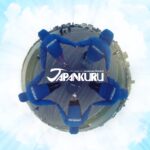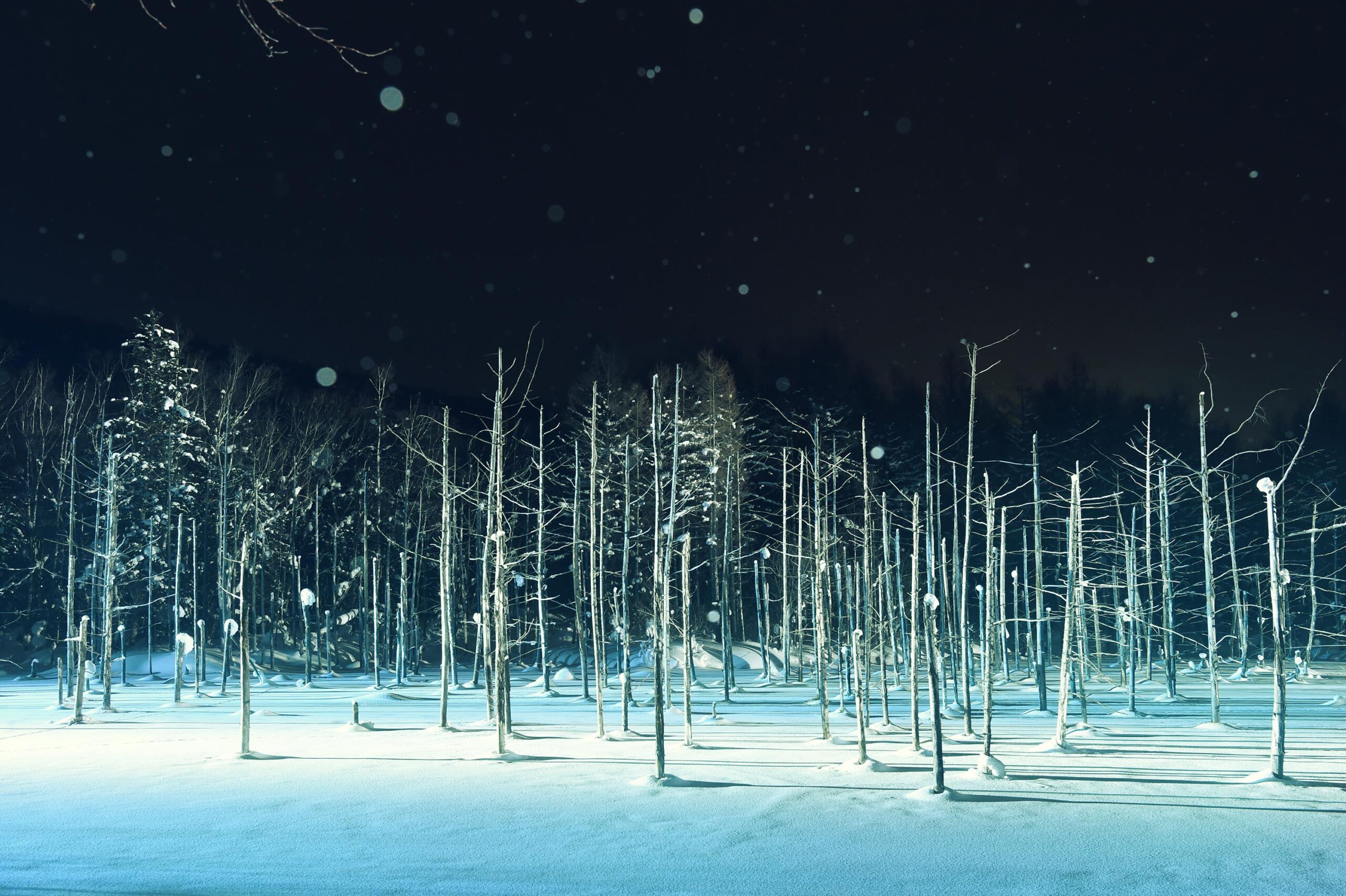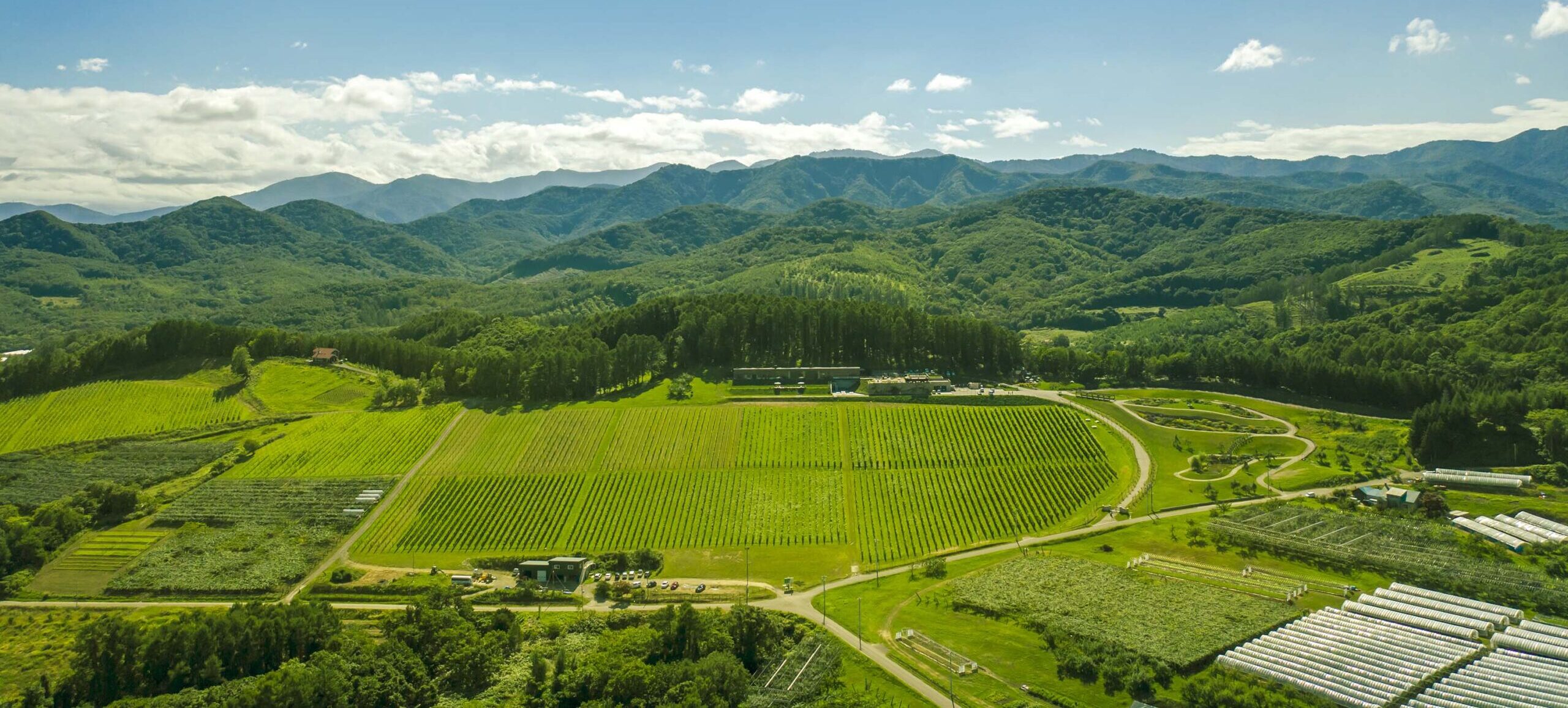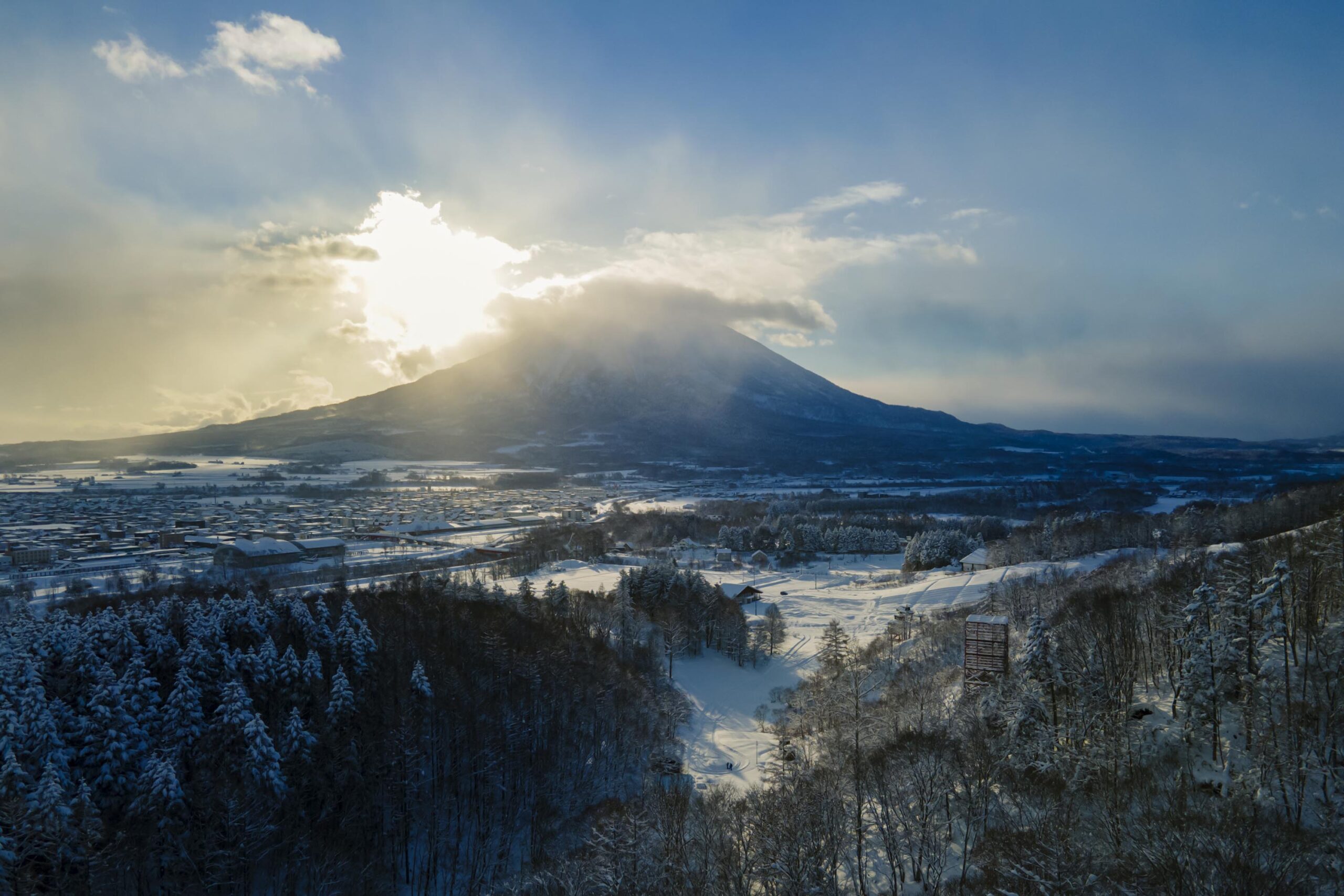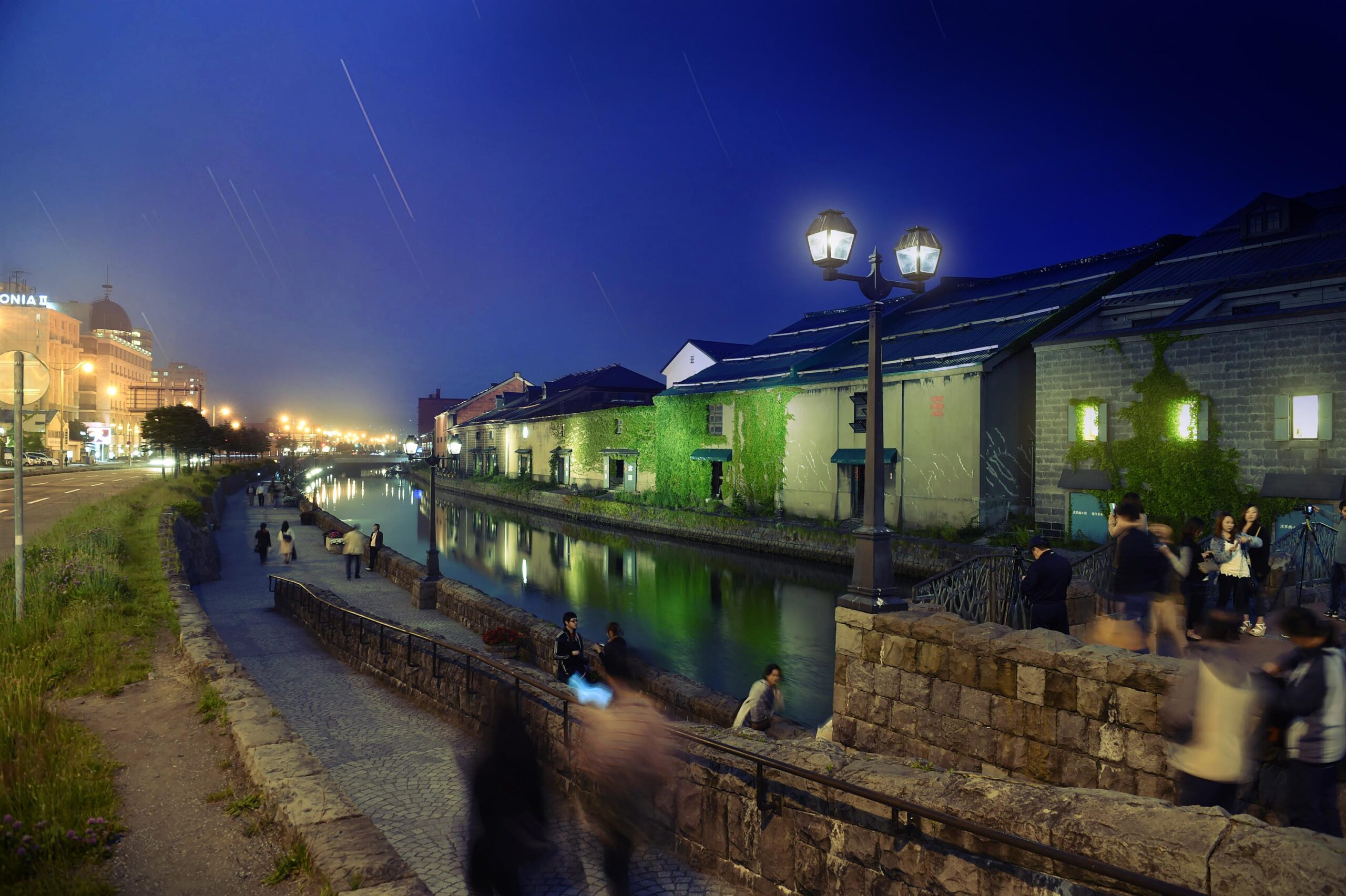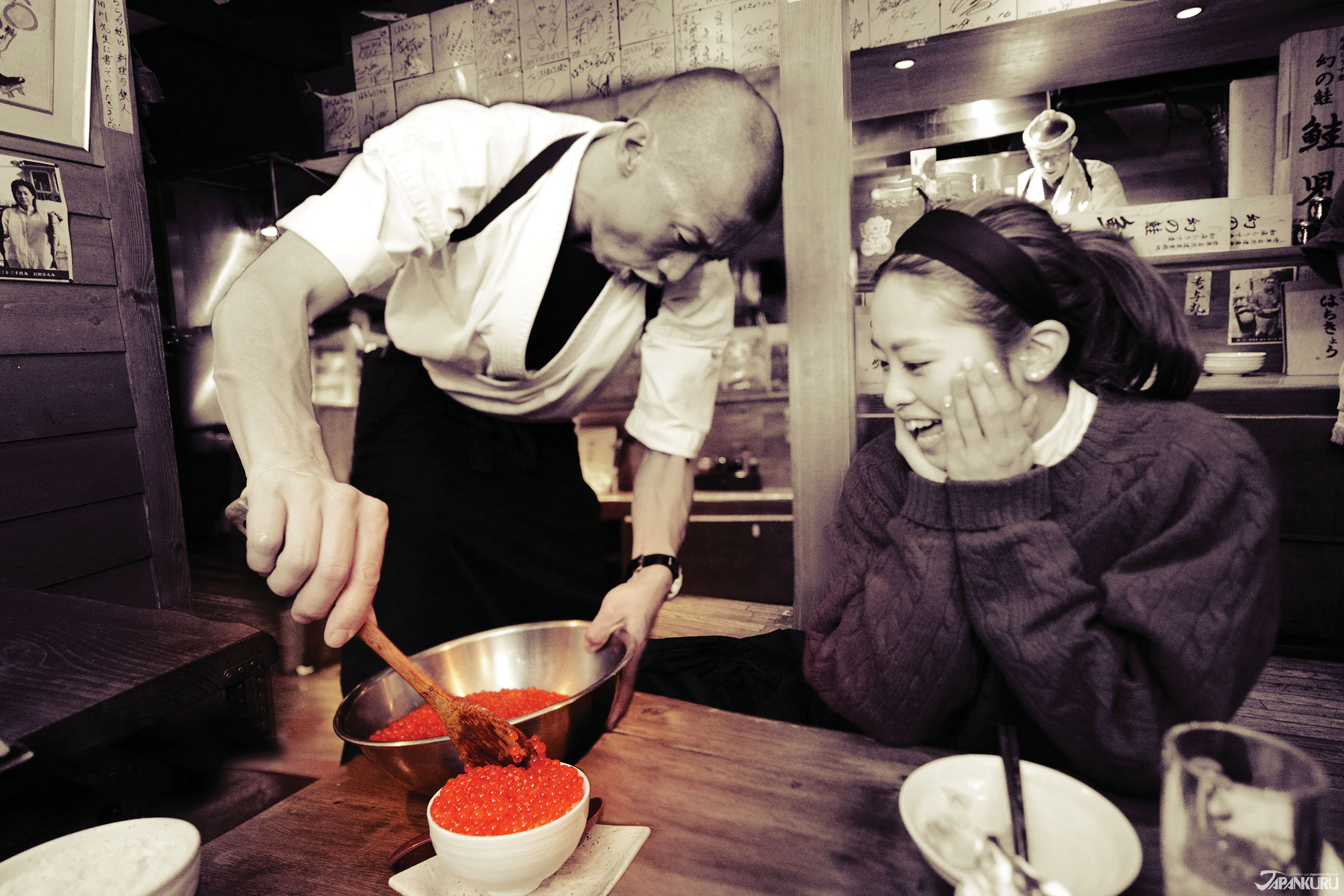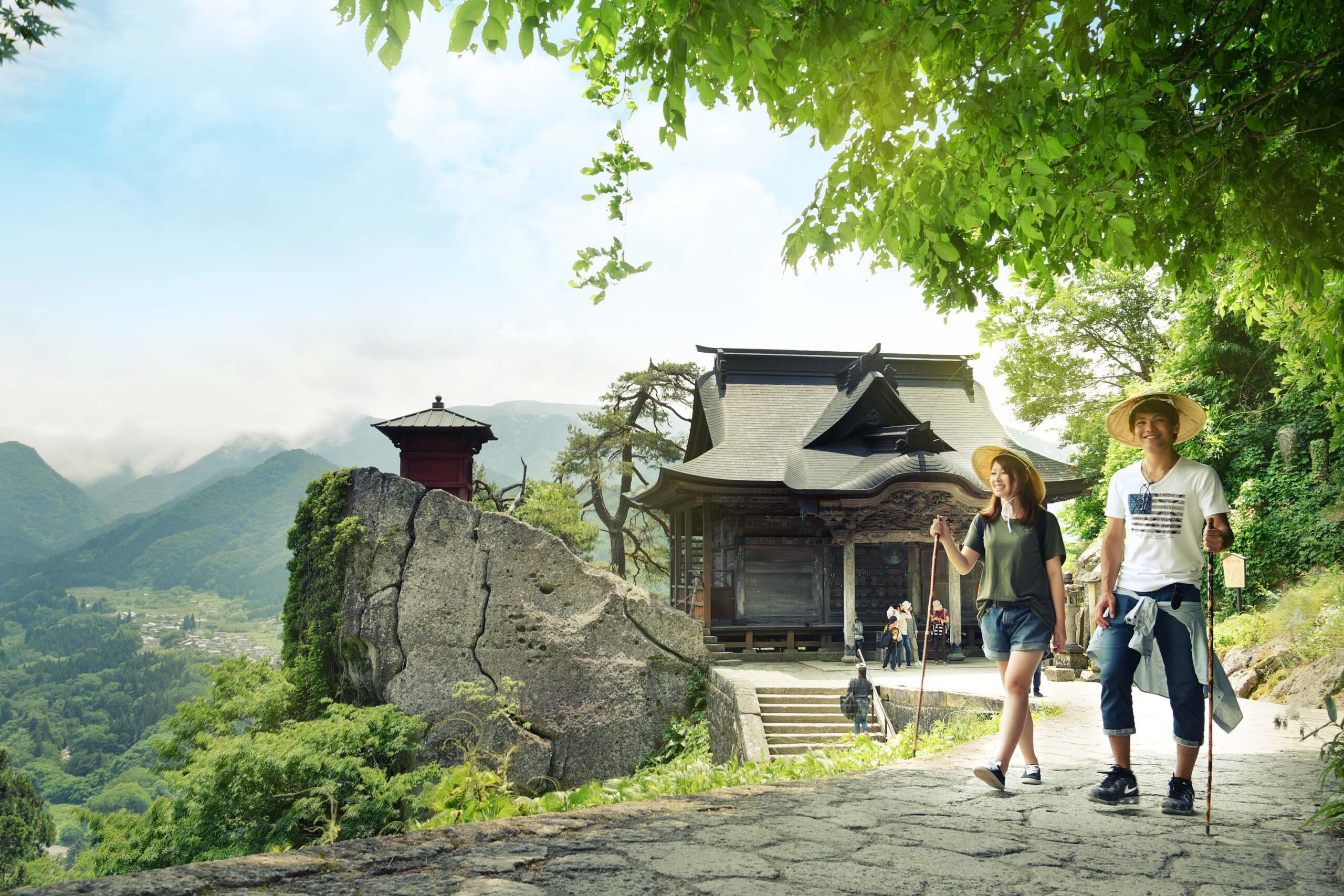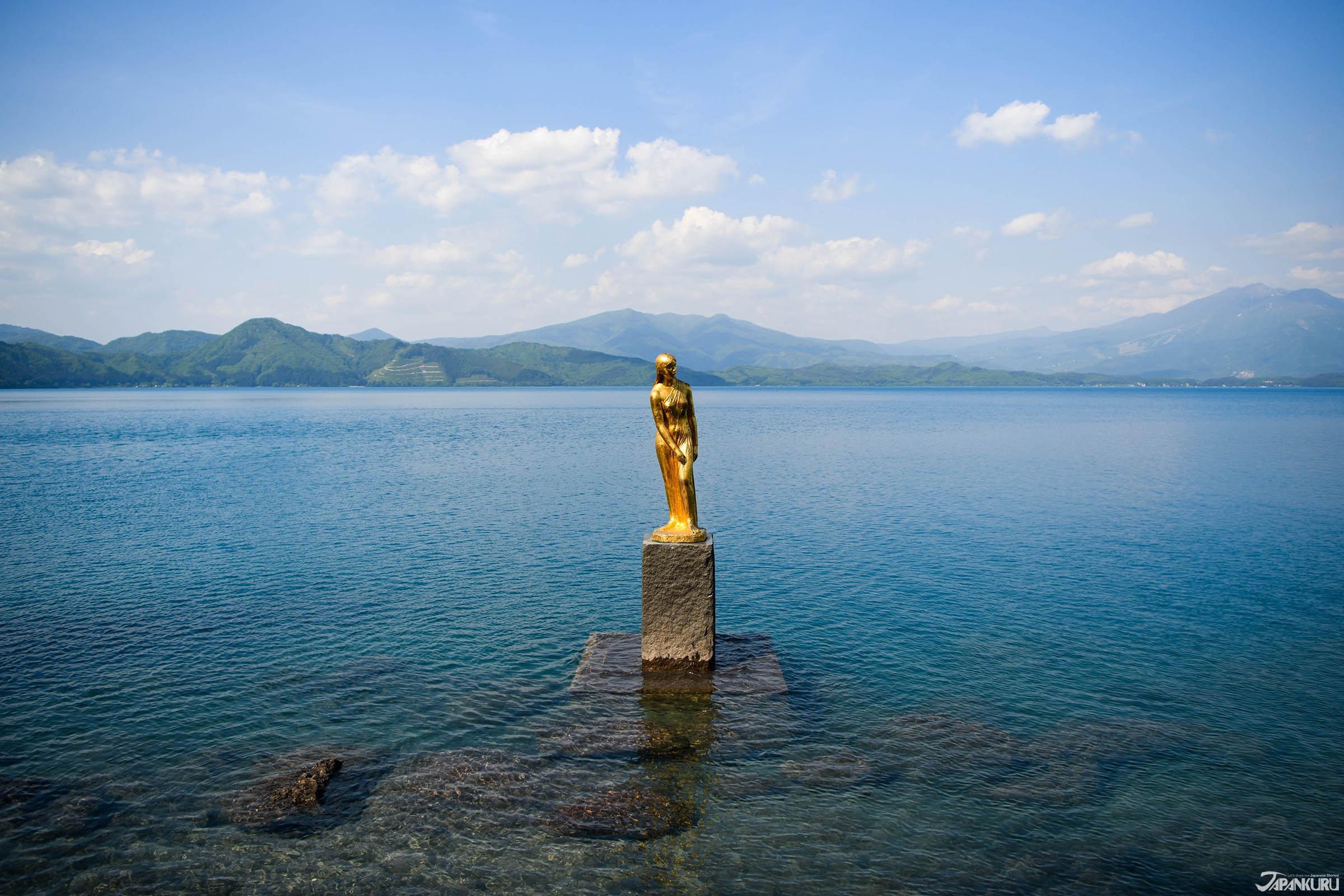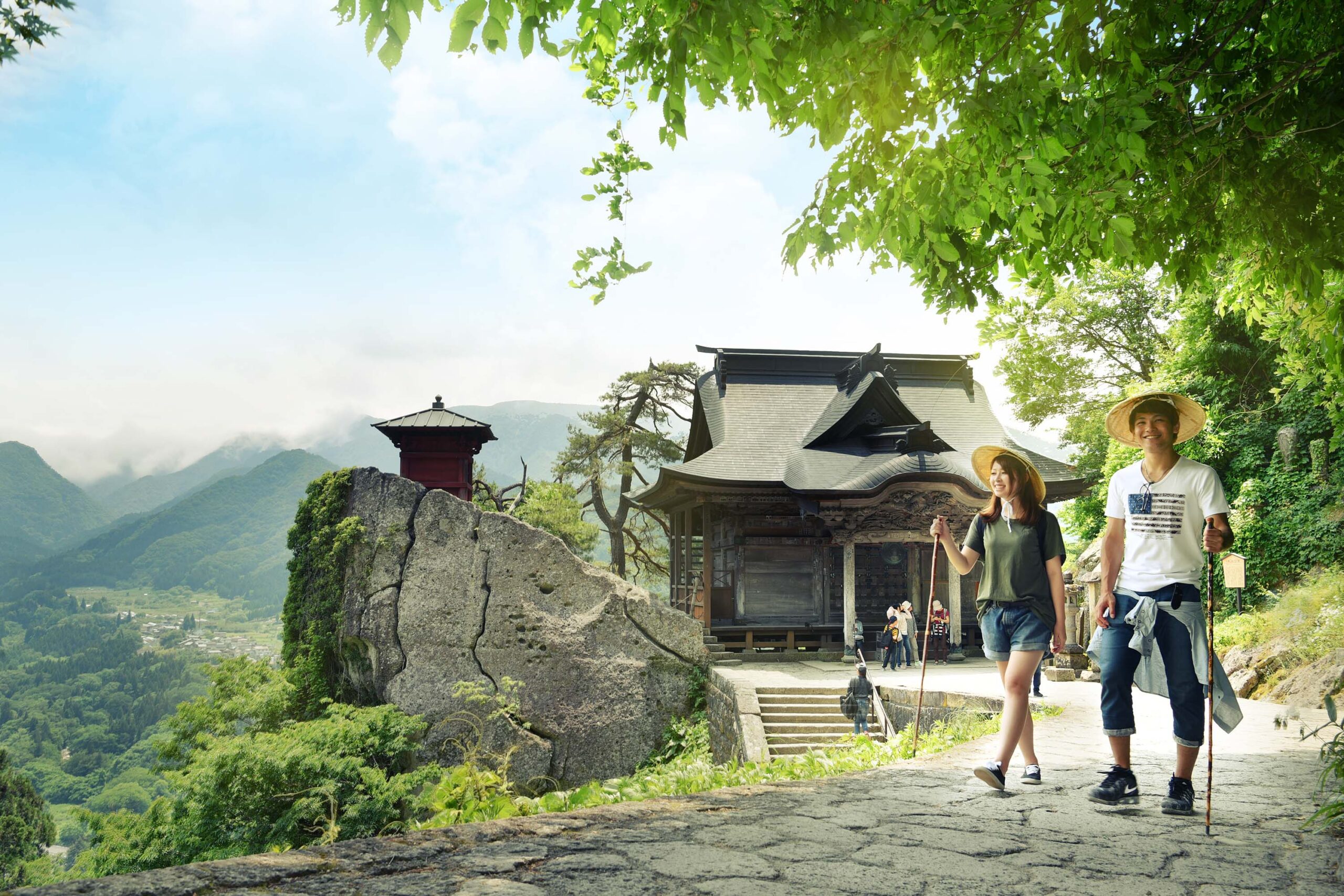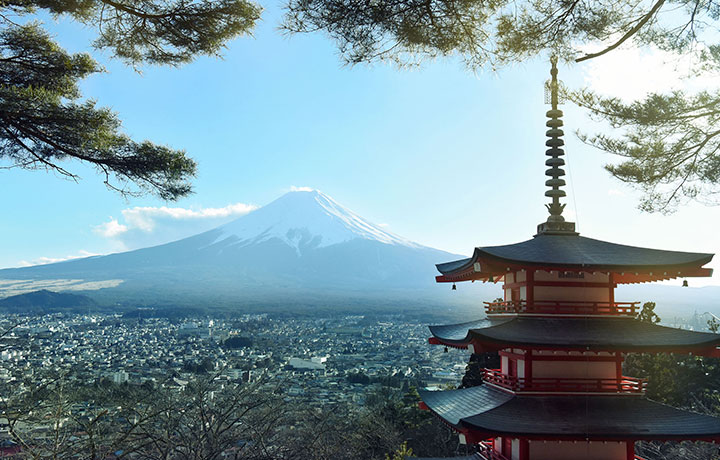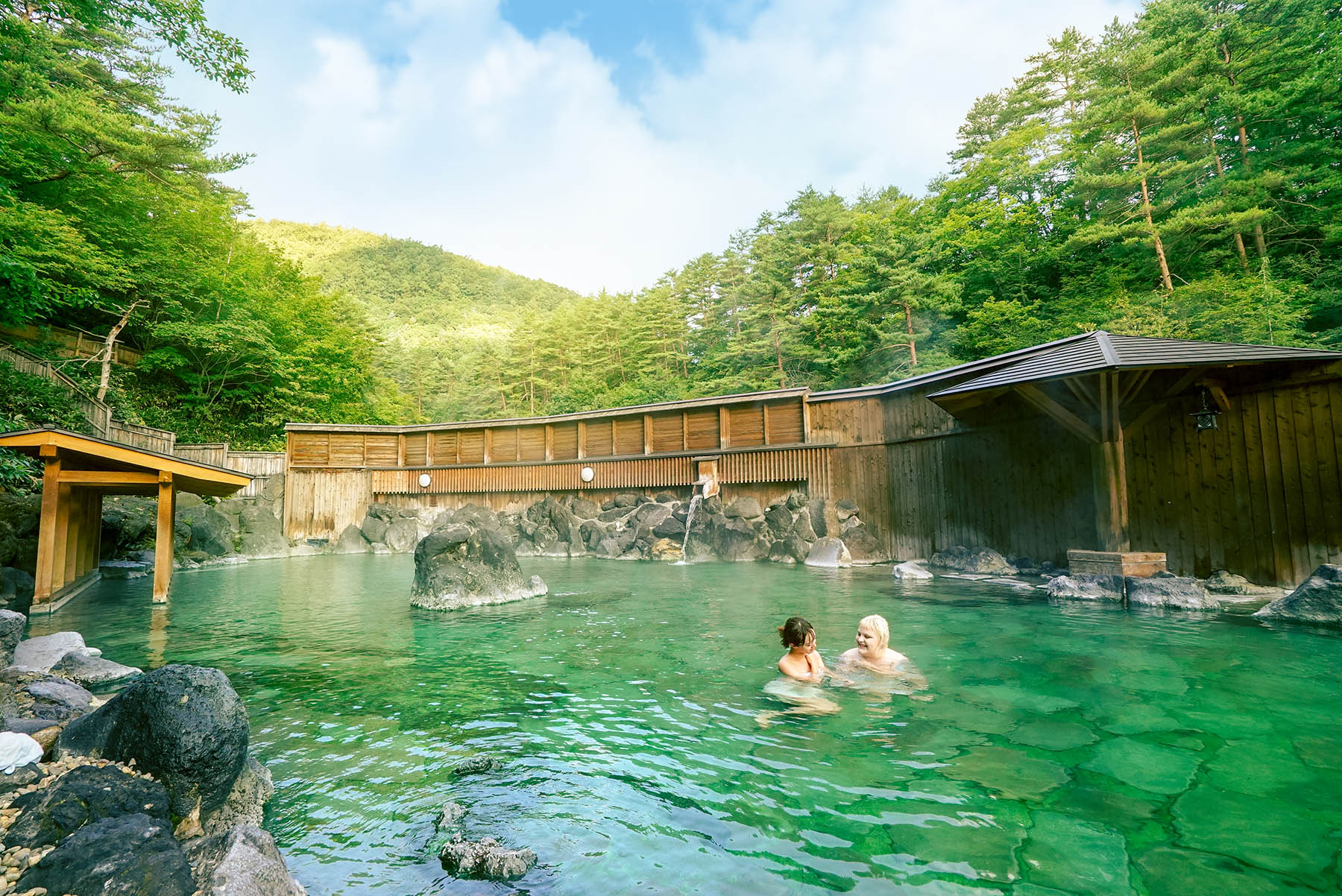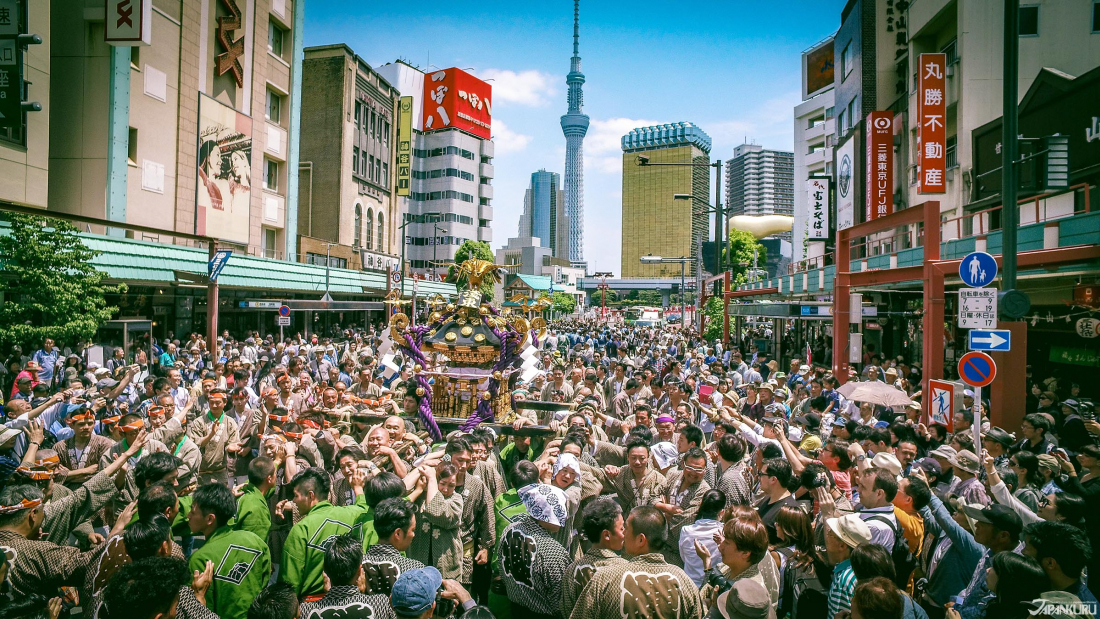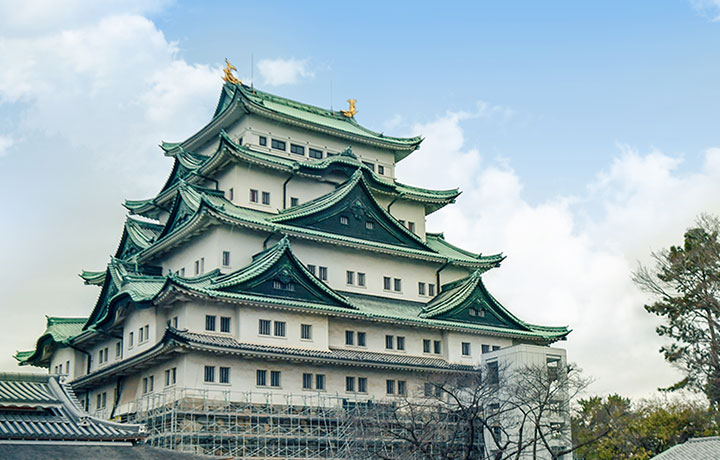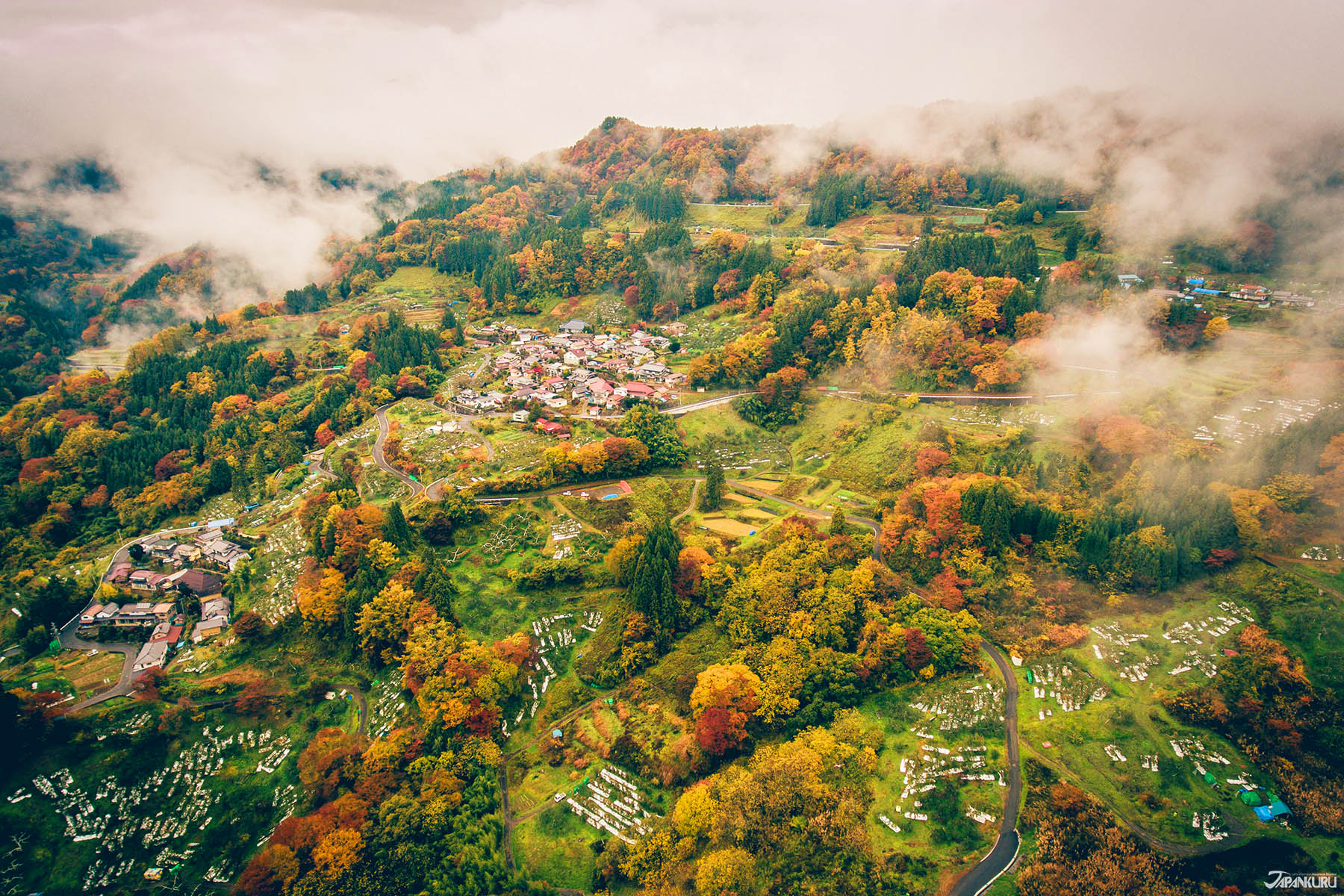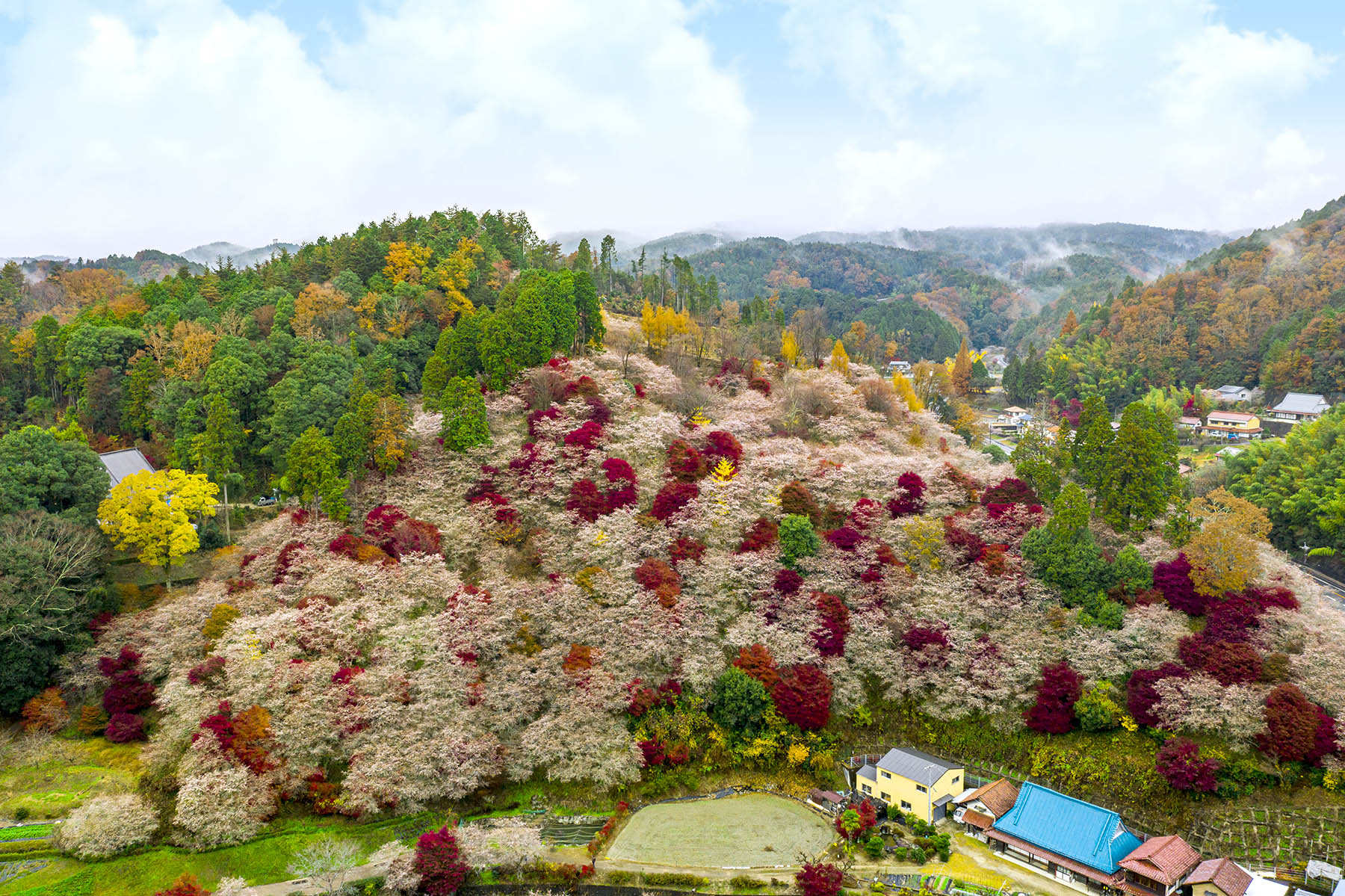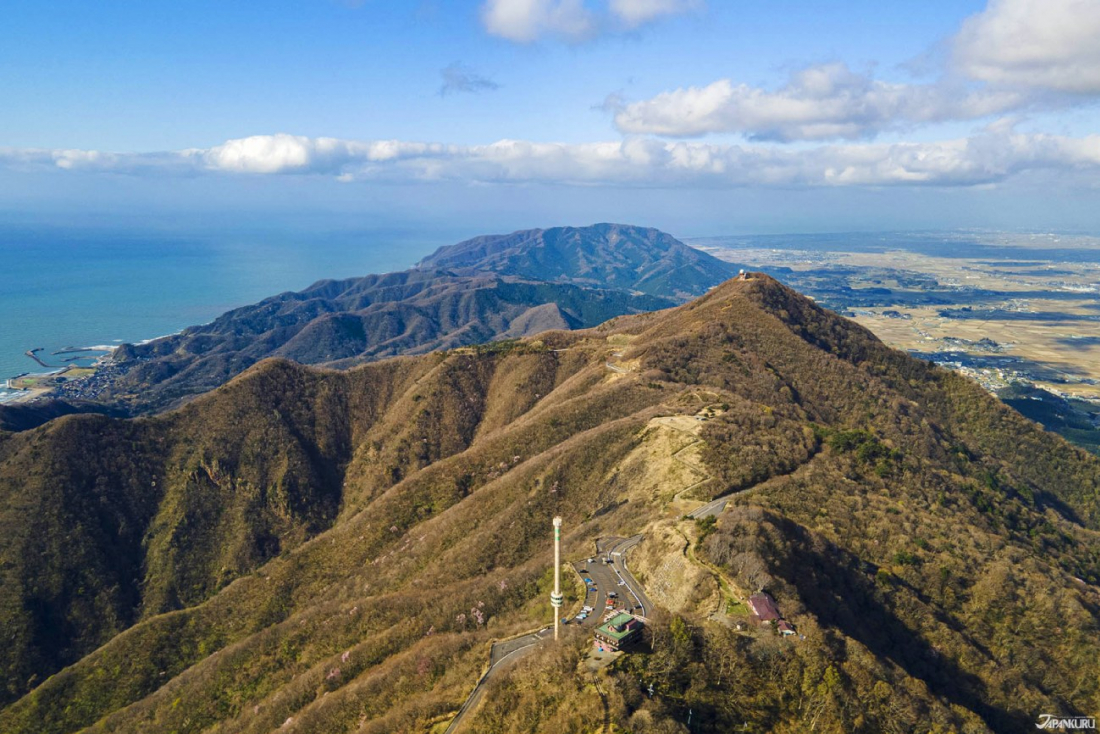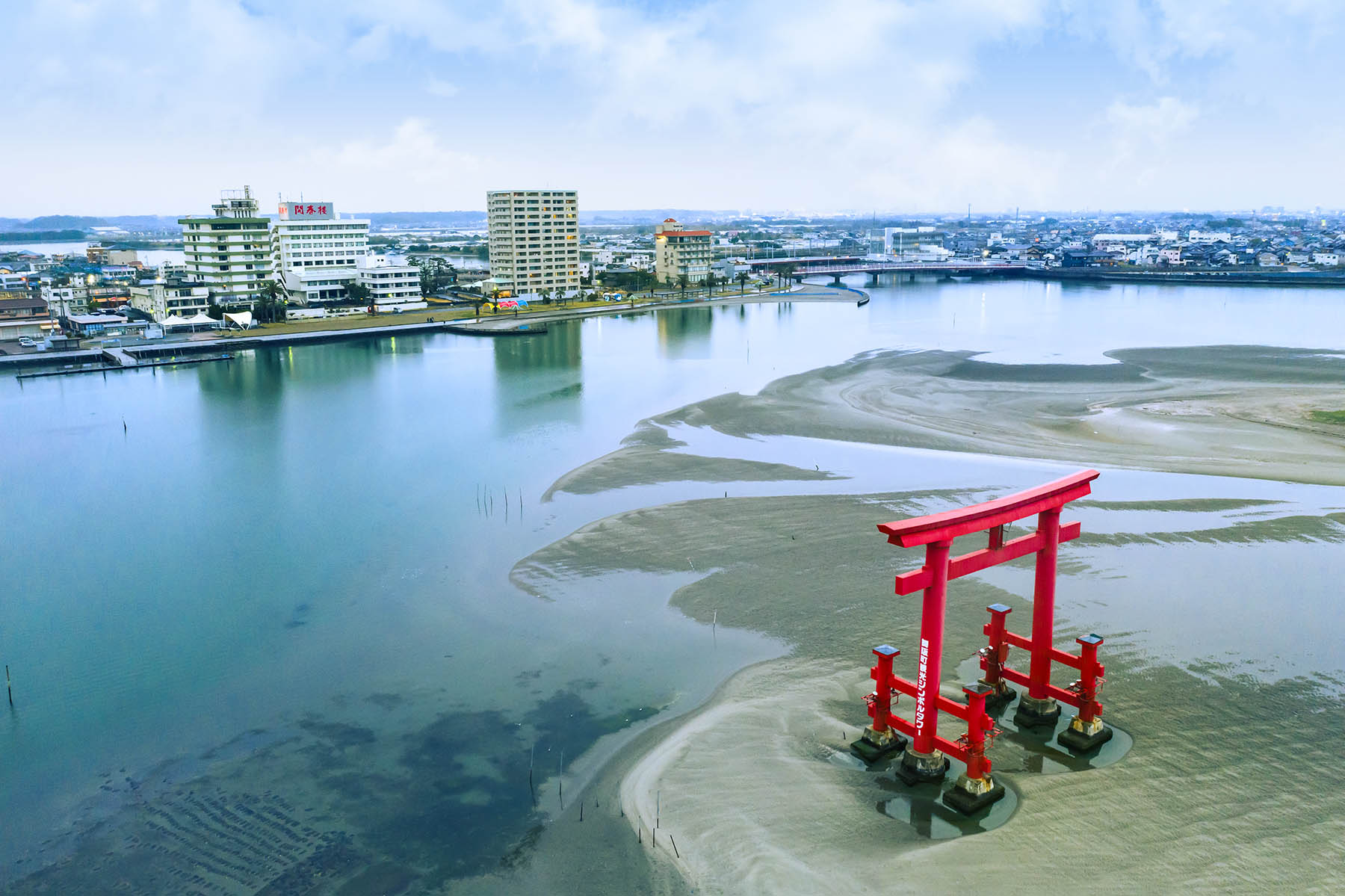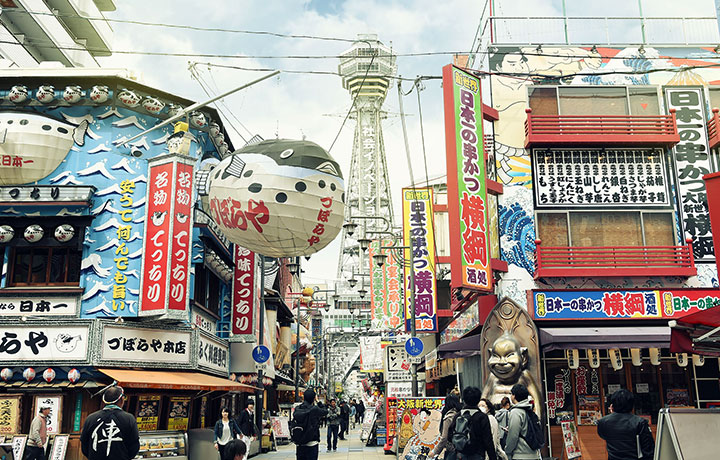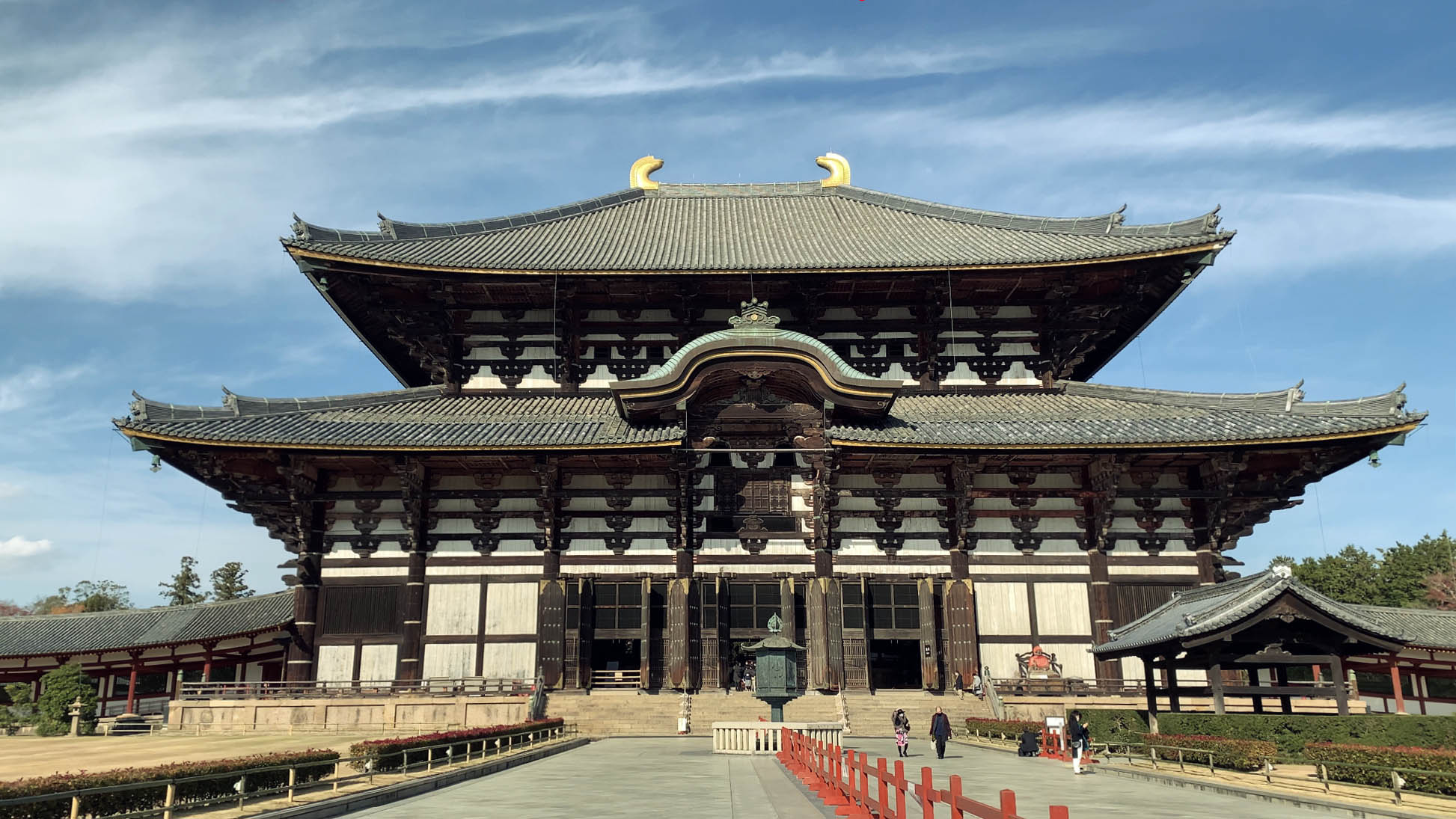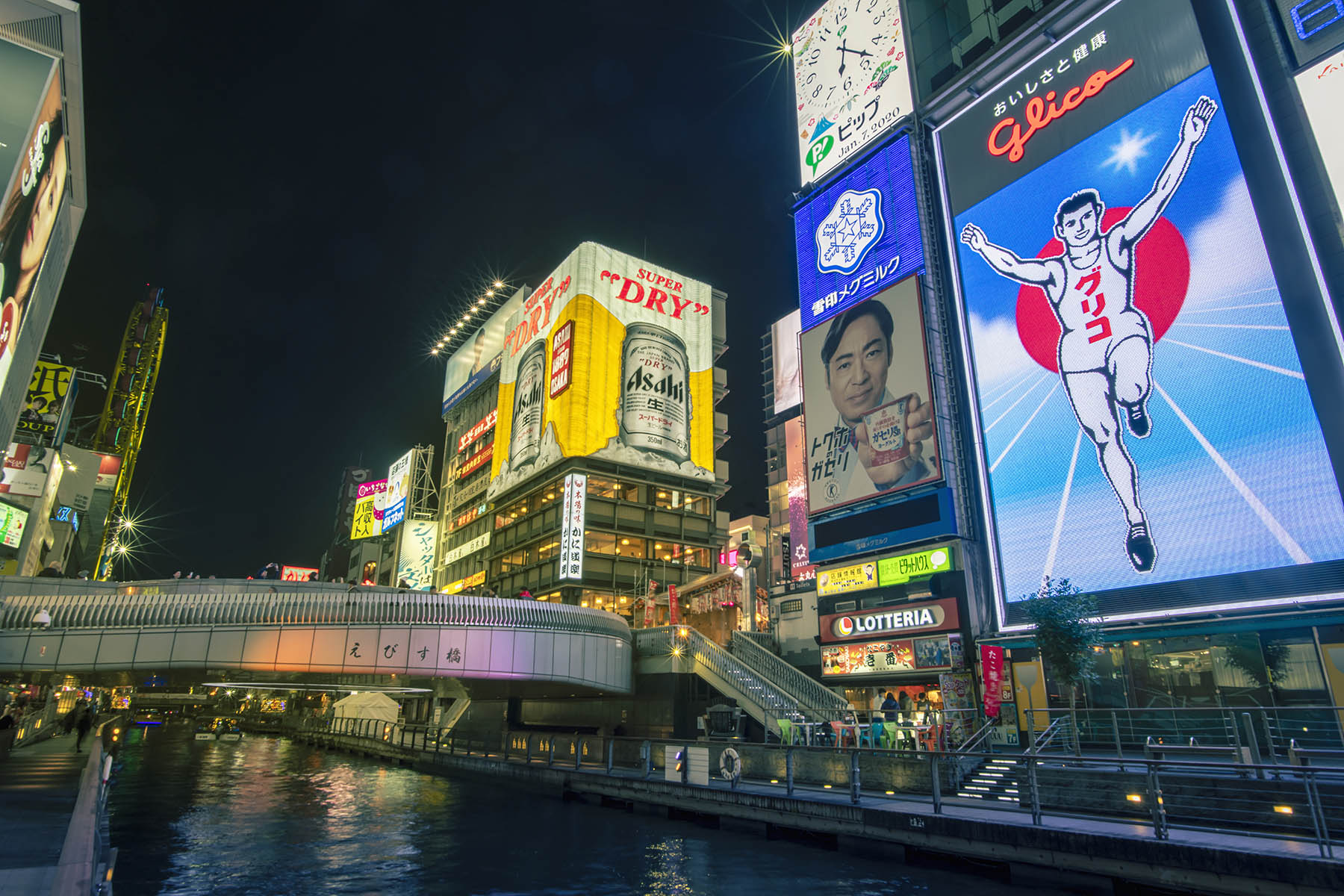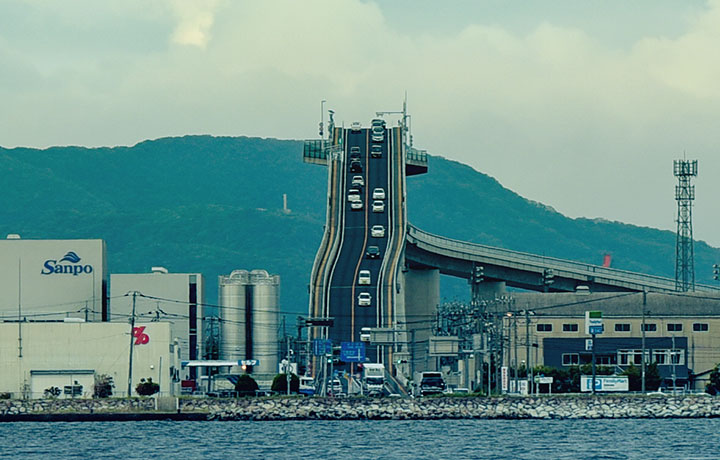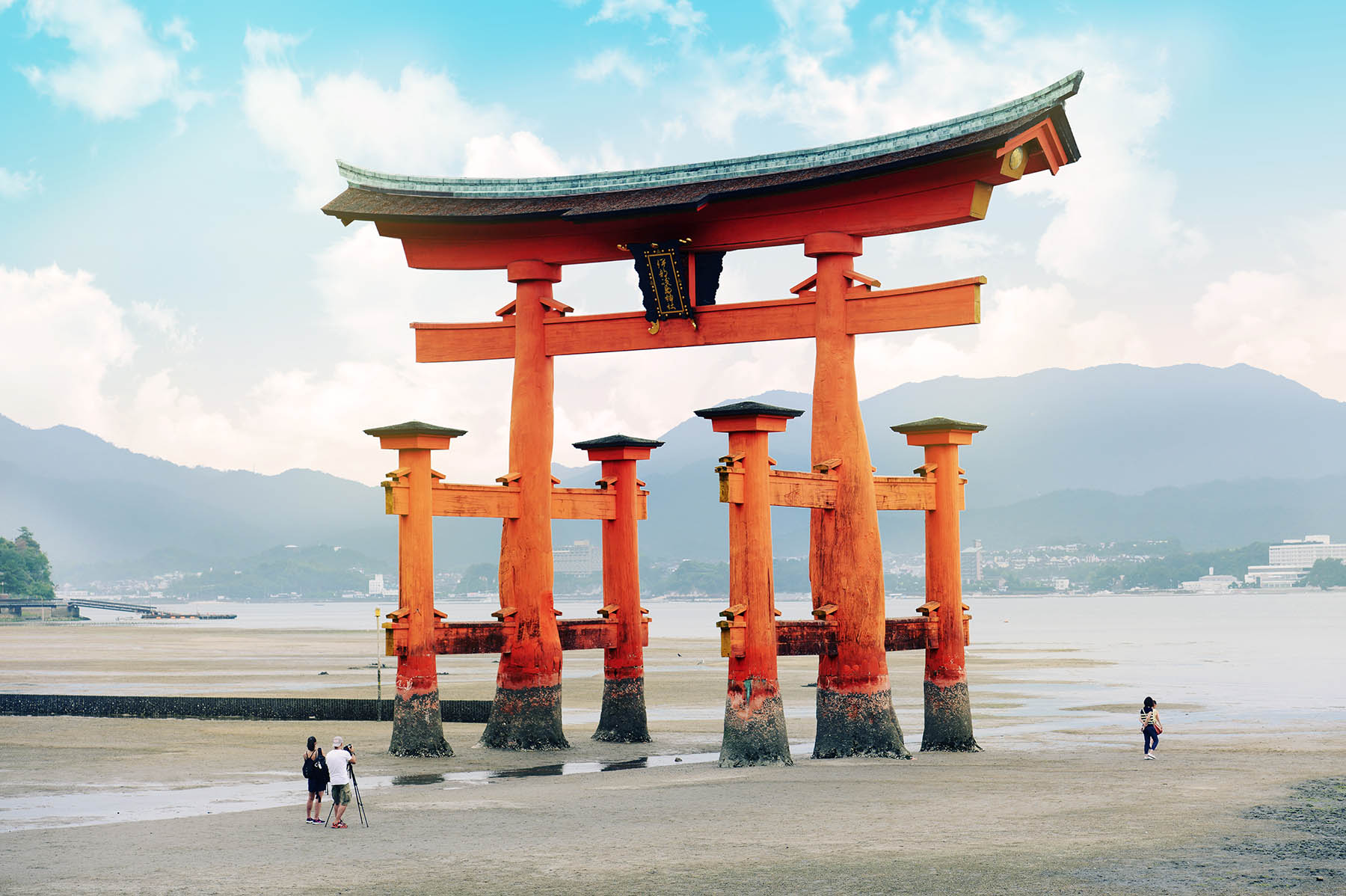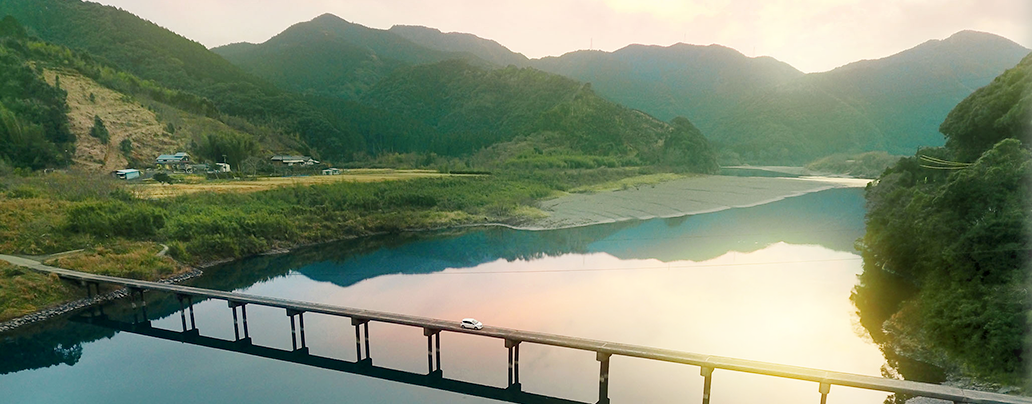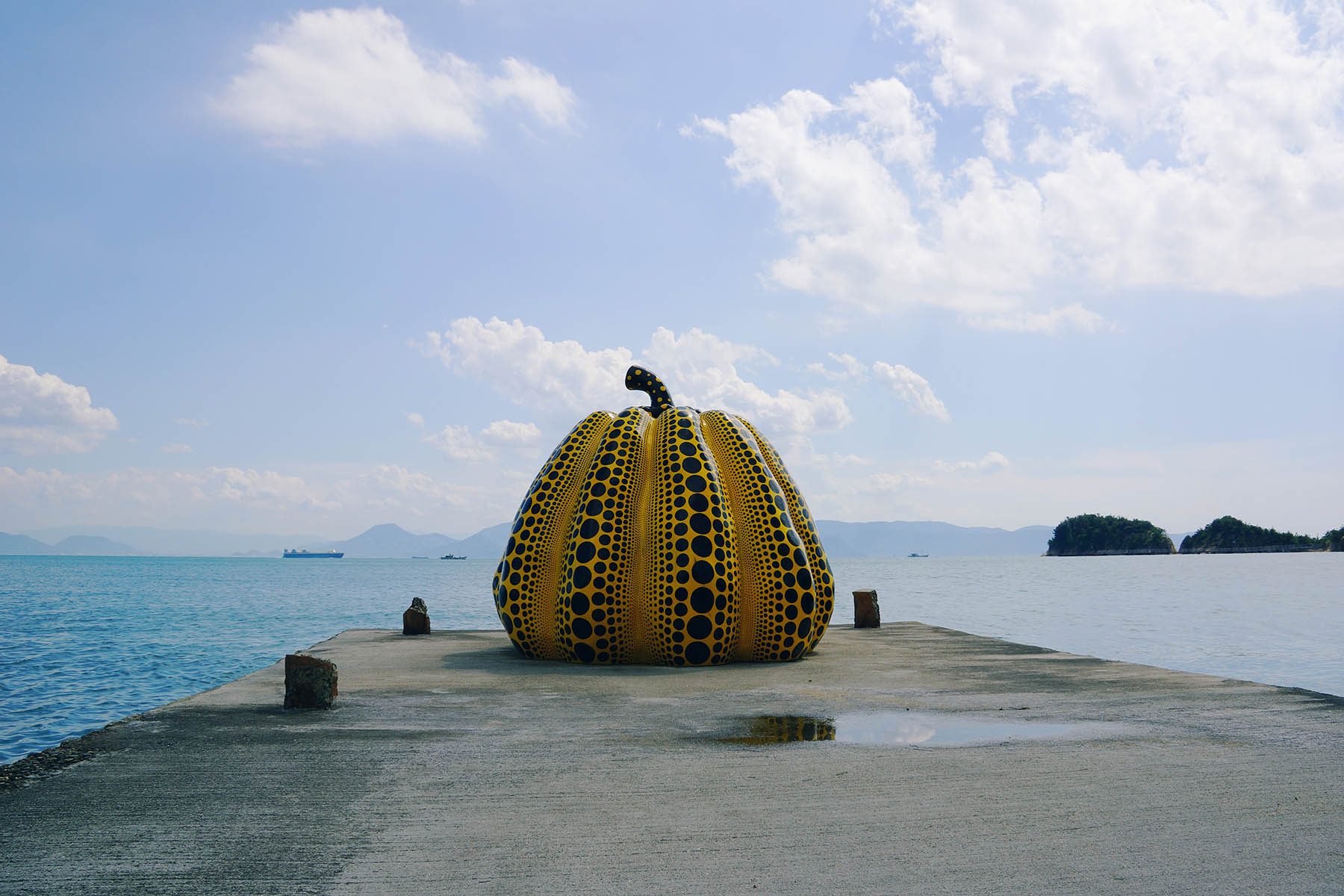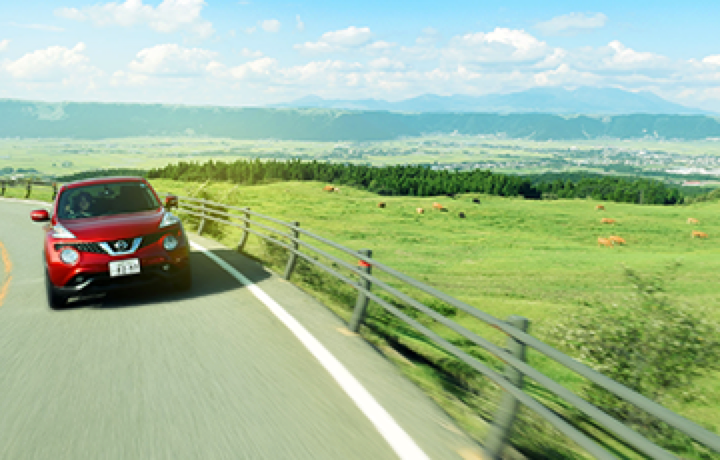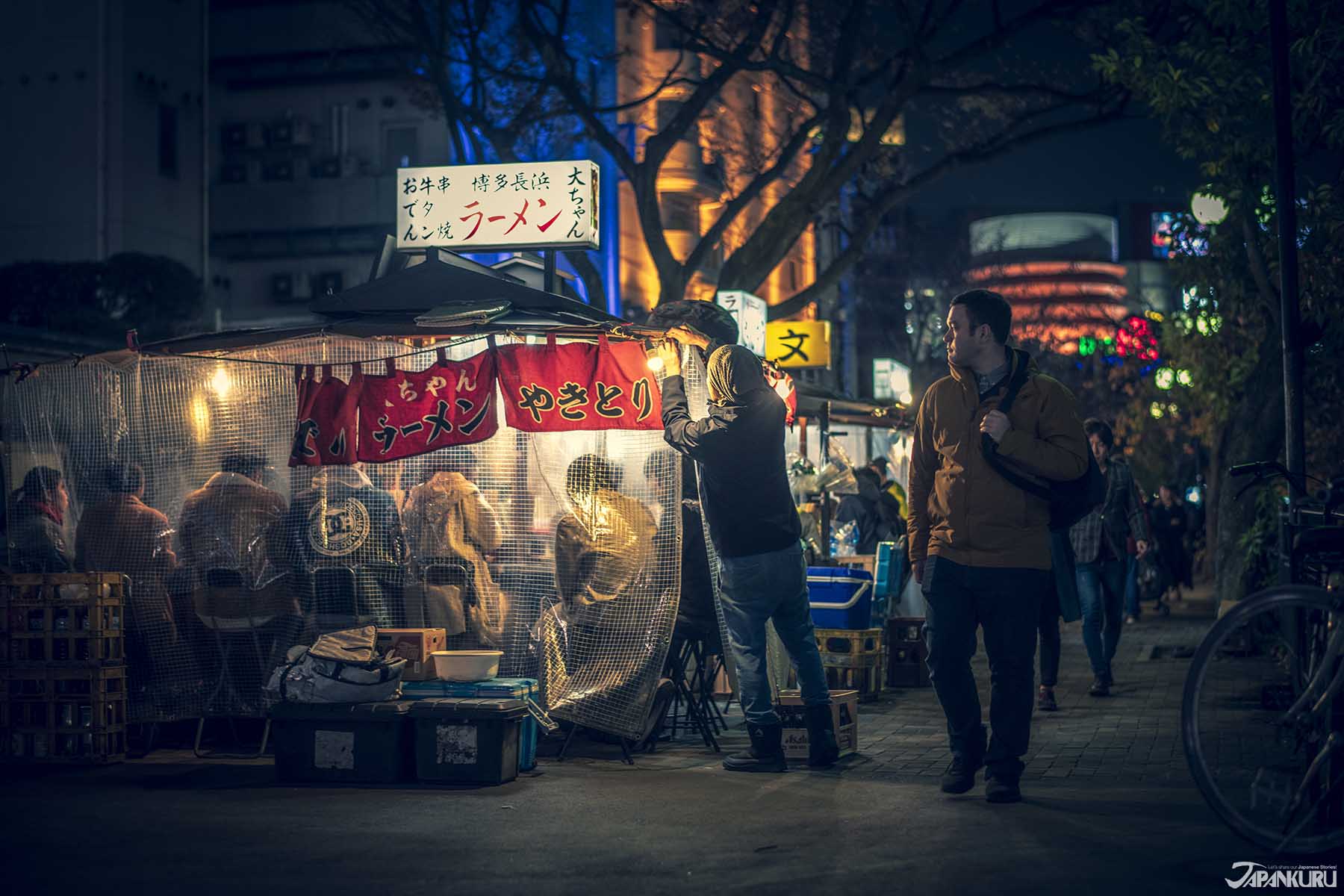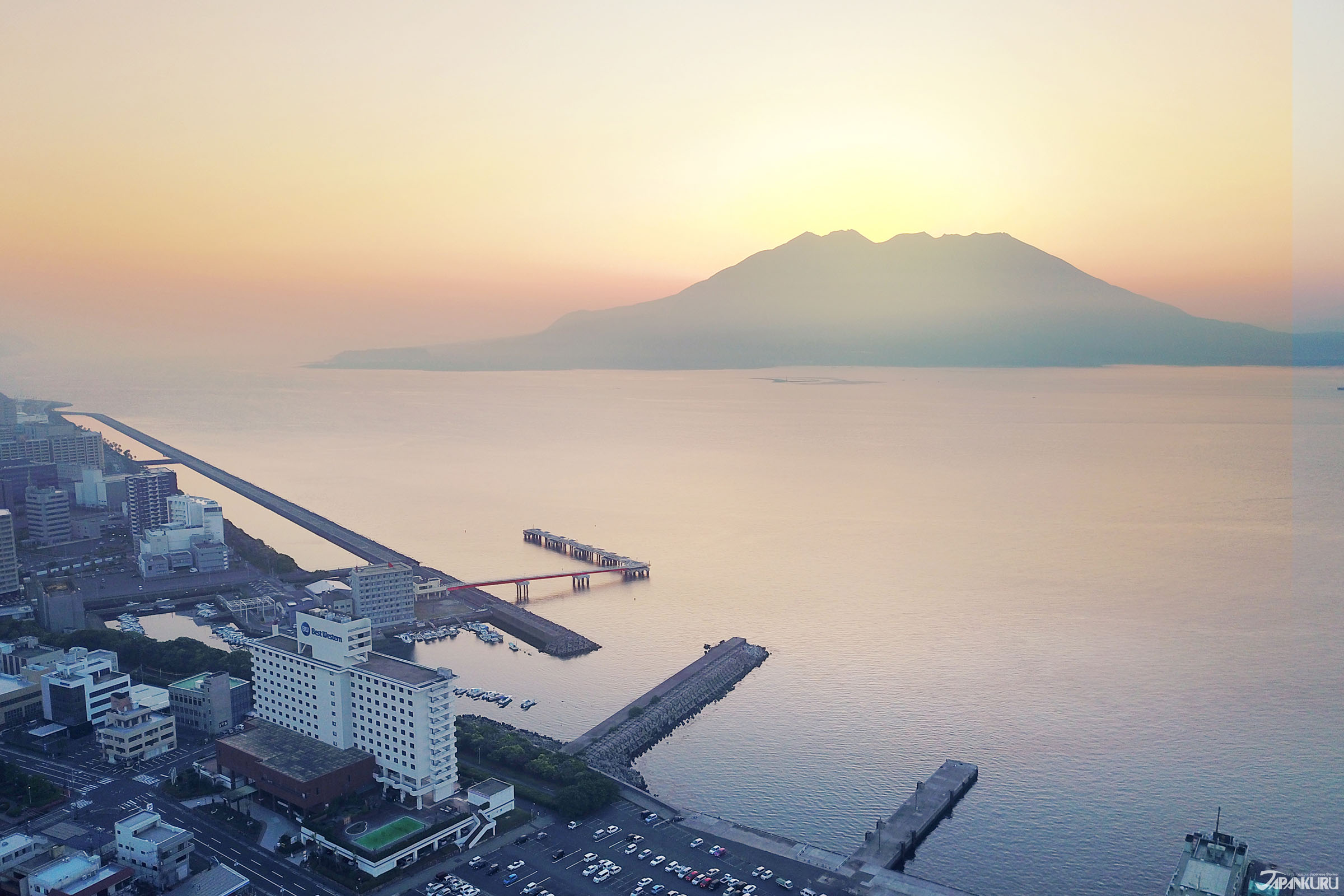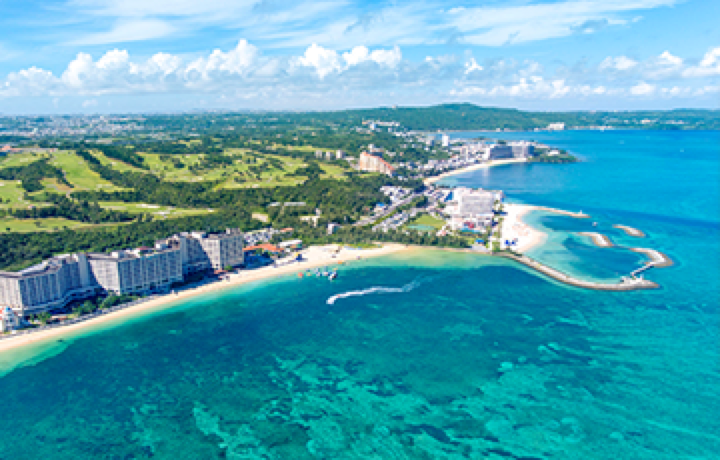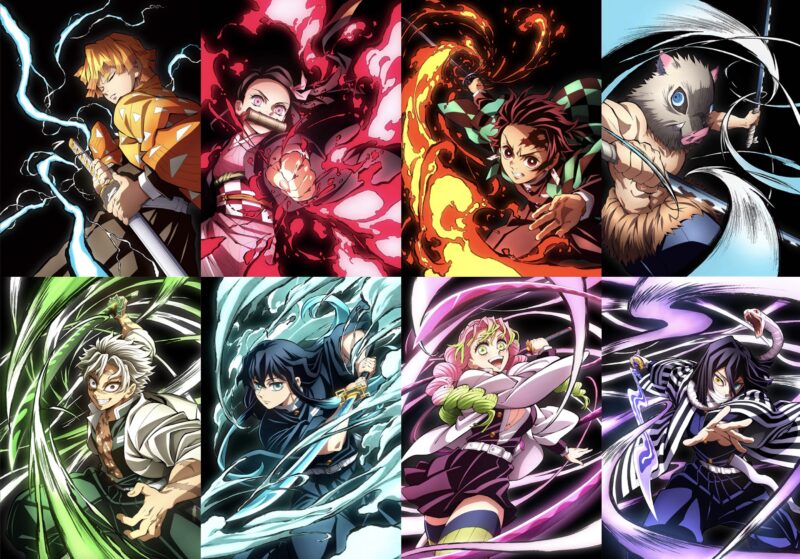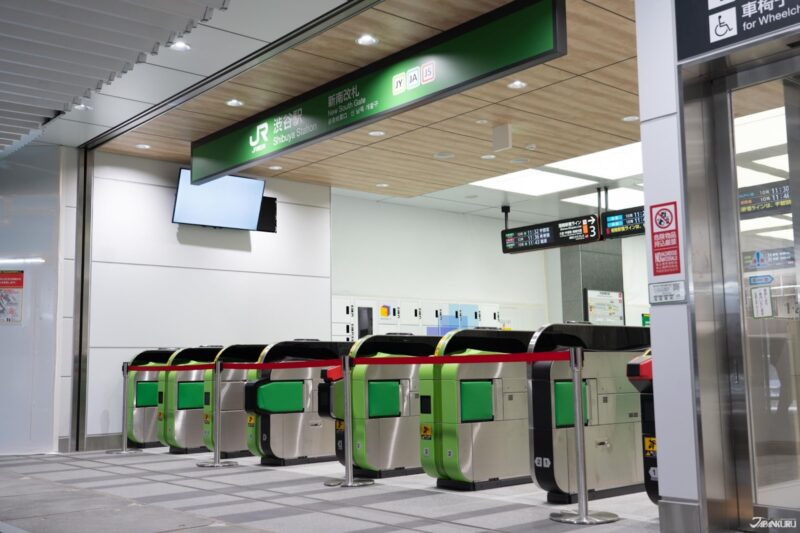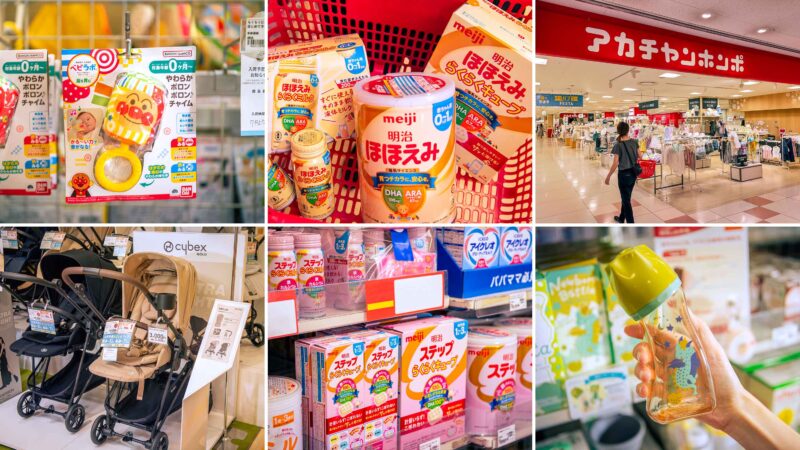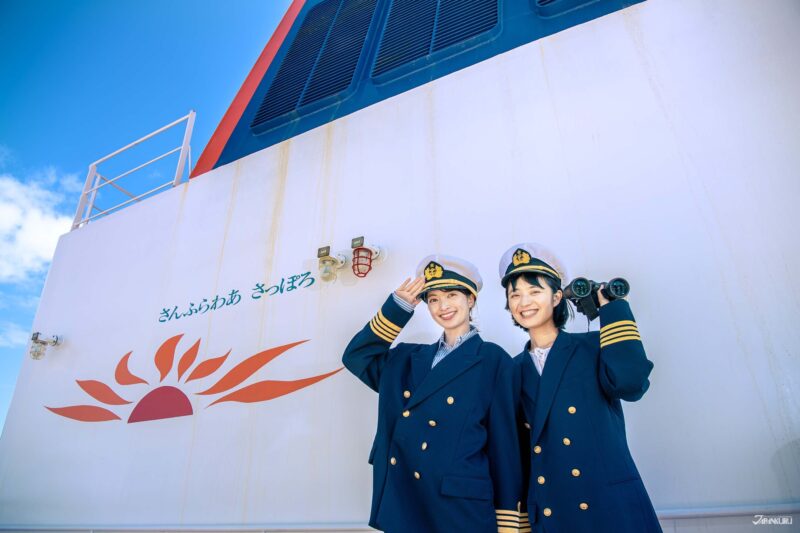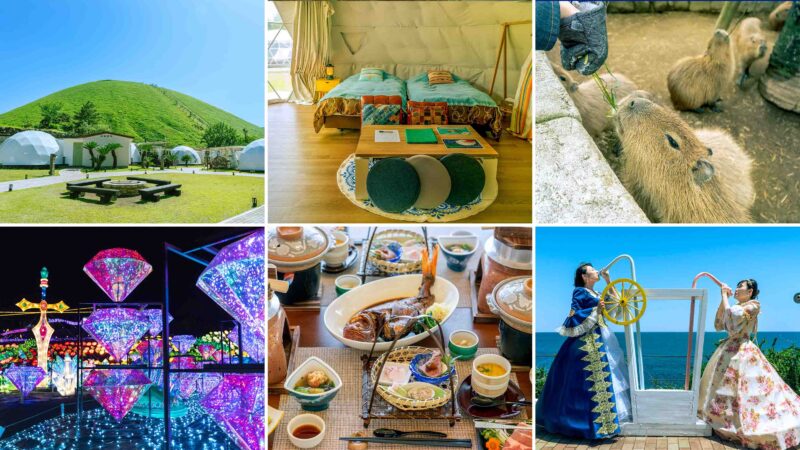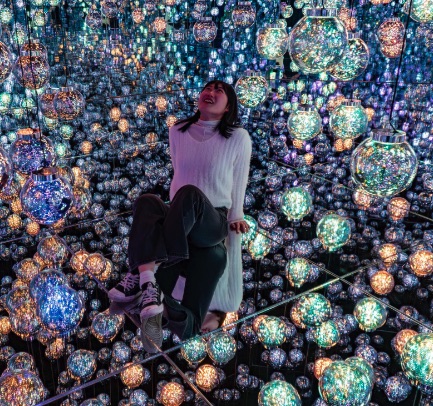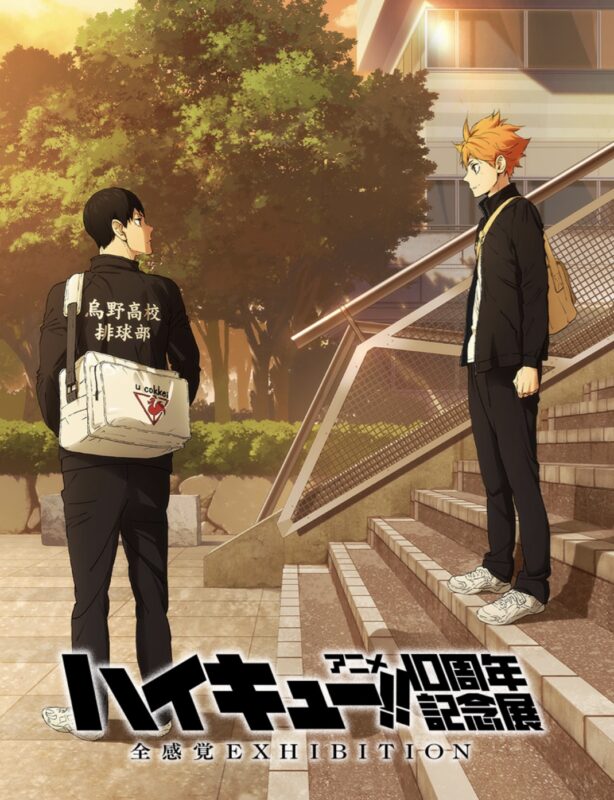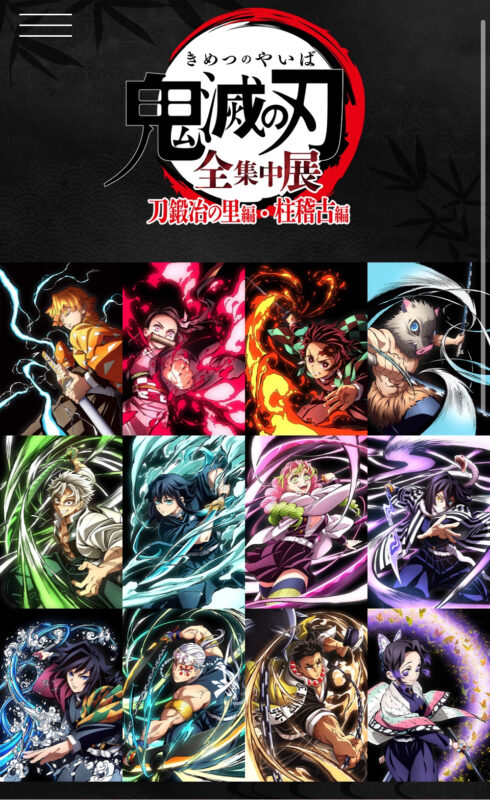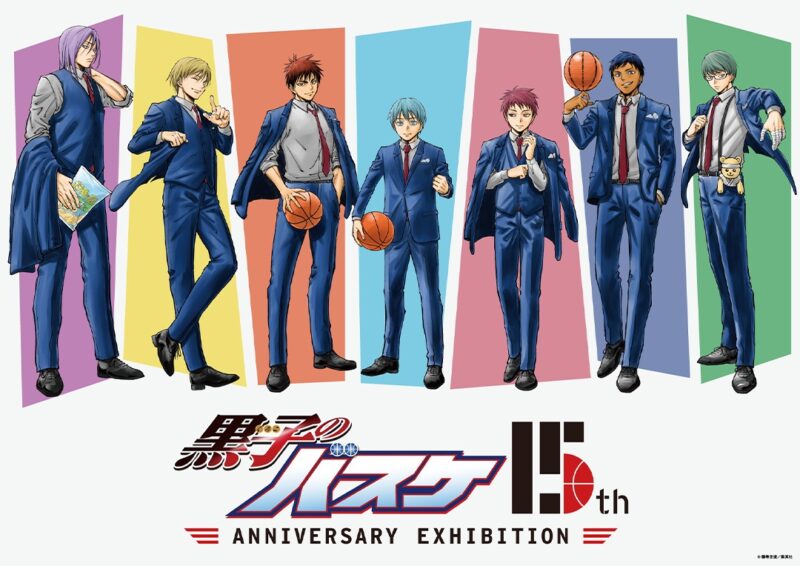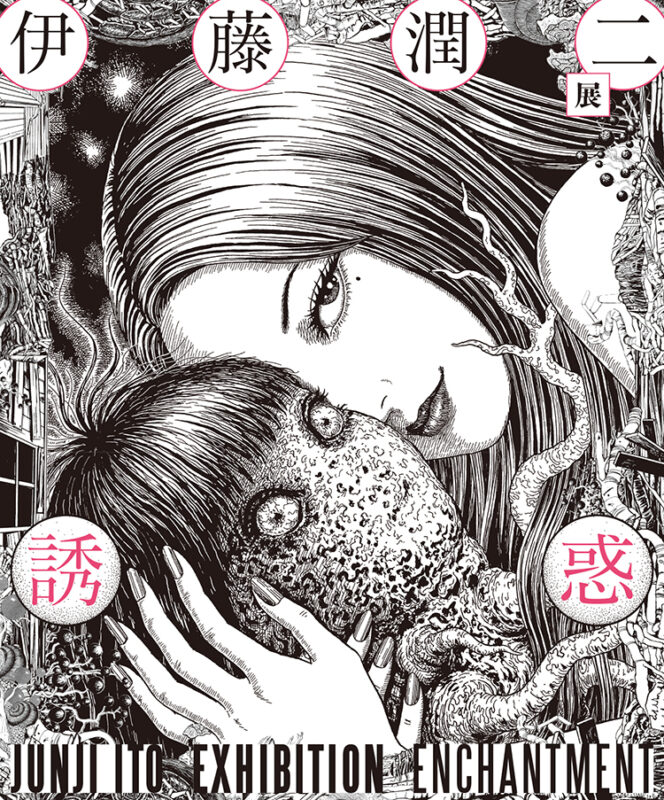
CONTENTS
In the long list of shopping in Japan, shopping for a pair of glasses may not have come across your mind, but it is actually a popular item due to Japan's famous technology and artisan spirit. Those that come looking for eyewear want that "MADE IN JAPAN" logo that is not only a sense of design but also about being functional and high quality.
Among the many Japanese eyewear brands, there is a famous brand that is even available in America, JINS. This time we went to JINS in Osaka's shopping street Shinsaibashi.
JINS Glasses, Osaka Shinsaibashi Store
For those who do not know, JINS is a famous eyewear store that's whole concept is selling functional and stylish glasses and a reasonable price. Functionality may be their main strong point in the sense that many of the glasses they sell are specifically made for a customer's needs. Which we will get into more detail below. This specific recommended JINS store in Shinsaibashi, Osaka, within the shopping arcade that is filled with stores like GU, Urban Research, Osaka's famous department store DAIMARU, and of course all the different types of food you could ask for. It is a popular place to do some window-shopping.
1. Verres Anti-Blue Light JINS SCREEN
JINS's anti-blue light glasses (JINS SCREEN) is primarily recommended for those who either wear contacts or don't wear glasses. Now with the increase of dependency on technology, we are subjected to blue light from all directions every day. The light with a wavelength of 380-495nm is the most energetic light in visible light and has a high penetration rate to the glasses. Long-term contact damages retinal cells and crystals, thereby increasing macular degeneration. For those who are on the computer a lot, or use other electronic devices for long periods of times these glasses are there to help protect your eyes.
JINS SCREEN glasses are divided into two types according to the barrier function of the lens:
1. 25% blue light cut: Natural color lens, can be worn regularly (children's glasses only available in blue light 25% cut)
2. 40% blue light cut: Yellow tinted lens, recommended for people who use mobile phones/computers for a long period of time
There are a lot of floating particles and pollution in the air, which often causes discomfort to one's eyes. Many may use eye drops or a solution to flush your eyes, but with hay fever gradually getting worse in Japan that sometimes just isn't enough for some. Which is why JINS's eyewear that offers physical protection is a popular item come spring. JINS's Block PM2.5 series offers a "shield" which effectively isolates 97.9% of suspended particles and provides the most direct protection for your eyes. This is something really special that we have never seen before in our countries.
(Image from JINS official website)
The JINS Design Project is a collaborative project between JINS and world designers to provide more frame designs. The current hot-selling product is a frame designed by Italian architect Michele De Lucchi. It consists of four designs: Boston, Cat Eye, Round Frame, and Multi-corner, all very classic and almost old fashioned yet versatile.
JINS official introduction page
Glasses that are basically lighter than air and crazy flexible. Wearing glasses for a long time can sometimes be uncomfortable, so many take the frame's weight into consideration. Which is why they have a frame that is lighter than general frames on the market making it more comfortable to wear. Not only is it super light, but the amazing flexibility feature allows it to perfectly fit all types of face shapes to where it doesn't cause pressure and discomfort due to it being too tight.
If you find a frame you like and would like to add your prescription to the lens, you can get your eyesight checked free of charge. They have staff that can speak English, Chinese, and Japanese, so there is no reason to feel unsure about the test. Or if you already have prescription glasses on hand and would like to use the same prescription, just give those glasses to the clerk and they will measure it to put the same strength to your new glasses.
After the simple eyesight exam, you just wait for 30mins until your glasses are finished! There's no reason to wait around JINS for your glasses to be finished. The location of the store is really great, there is plenty to do around Shinsaibashi while you wait.
What You Can Do While You Wait
Omurice is a beloved dish around Japan, but the restaurant to first come up with omurice is just 5mins away from JINS Shinsaibashi.
★Hokkyokusei (北極星)
Google Maps
⏰Weekdays 11:30am〜10pm, Weekends 11:00am〜10pm
**Last order is 30mins before close
If you aren't that hungry, there is a popular place that specializes in Japanese tea and eat matcha ice cream 2mins from JINS. With originating in Kyoto, they also sell other Japanese tea goods which are neat to check out.
★Ujikoen Osaka Shinsaibashi (宇治香園)
Google Maps
⏰11am~7:30pm, Cafe 12pm~6pm (Last order 5:30pm)
💻Official website
Namba Yasaka Shrine
The Namba Yasaka Shrine, which was designated as the first intangible folk culture in Osaka in 2001 being the home of Namba's guardian deity. Many people are surprised to hear that it is hidden shrine within the vicinity of Namba.
★Namba Yasaka Shrine (難波八坂神社)
Google Maps
Closest station: Namba Station (なんば駅)
Kuromon Ichiba Market
Kuromon Ichiba Market is one of the main food markets in Osaka, Japan, right in the Namba area. What makes this area so popular among Japanese and foreigners alike is that it's a place that specializes in street food. You can find other things sold here, but the food (primarily seafood) is the main attraction here.
★Kuromon Ichiba Market (黒門市場)
Google Maps
Closest station: Nippombashi Station (日本橋駅)
Dotonbori Glico Sign
Dotonbori (道頓堀) is one of the most famous areas in Osaka where you can see many cool and creative billboards. The said symbol of the area, if not Osaka, is Glico's running man sign where you will without a doubt see people standing in front of it posing and taking pictures.
★Dotonbori Glico Sign
Google Maps
Closest station: Namba Station (なんば駅)
There are plenty of different things to shop for while in Japan, and if you're in Shinsaibashi the options are limitless. Eyewear may not be the first thing you think of buying, everyone needs it in some way or another. When you have such limited time during your travels you may also think that getting specially made glasses is impossible, but all it takes is 30 minutes to be made and you can bring your own prescription from home at no extra cost. Not many places offer that which is why JINS is such a popular store to go to when looking for eyewear in Japan.
★JINS Shinsaibashi Store
Google Maps
⏰11am~9pm
Duty-free service: tax-free purchase after spending 5,000 yen
Details
NAME:JINS
MAP
2-8-8 Shinsaibashisuji, Chuo-ku, Osaka-shi, Osaka
ACCESS:Shinsaibashi Station
CONTACT TEL:06-6214-2302
PROFILE
Follow us @Japankuru on Facebook, Instagram, and Twitter!
COMMENT
FEATURED MEDIA
VIEW MORE
A Very Special Trip on the Ferry Sunflower #japankuru #ferrysunflower #hokkaidotrip #japanexperience #japantrip #girlstrip #oarai #tomakomai #北海道 #北海道旅行 #茨城 #홋가이도 #일본선박여행 #토마코마이 #이바라키 #북해도 #페리여행 #여행에미치다 #여자끼리 #日本渡輪 #sunflower號 #坐船旅行 #日本女子旅 #日本體驗

Japanese Makeup Shopping • A Trip to Kamakura & Enoshima With Canmake’s Cool-Toned Summer Makeup #pr #canmake #enoshima #enoden #에노시마 #캔메이크 #japanesemakeup #japanesecosmetics

⚔️The Robot Restaurant is gone, but the Samurai Restaurant is here to take its place. Check it out, and don't forget your coupon! 🍣신주쿠의 명소 로봇 레스토랑이 사무라이 레스토랑으로 부활! 절찬 쿠폰 발급중 💃18歲以上才能入場的歌舞秀,和你想的不一樣!拿好優惠券去看看~ #tokyo #shinjuku #samurairestaurant #robotrestaurant #tokyotrip #도쿄여행 #신주쿠 #사무라이레스토랑 #이색체험 #할인이벤트 #歌舞伎町 #東京景點 #武士餐廳 #日本表演 #日本文化體驗 #japankuru #japantrip #japantravel #japanlovers #japan_of_insta

Japanese appliance & electronics shopping with our KOJIMA x BicCamera coupon! 用JAPANKURU的KOJIMA x BicCamera優惠券買這些正好❤️ 코지마 x 빅 카메라 쿠폰으로 일본 가전 제품 쇼핑하기 #pr #japankuru #japanshopping #kojima #biccamera #japaneseskincare #yaman #dji #osmopocket3 #skincaredevice #日本購物 #美容儀 #相機 #雅萌 #日本家電 #일본여행 #면세 #여행꿀팁 #일본쇼핑리스트 #쿠폰 #일본쇼핑 #일본브랜드 #할인 #코지마 #빅카메라 #japankurucoupon

Odaiba's DiverCity Tokyo Plaza is home to the famous real-size 20m-tall Unicorn Gundam, and the popular shopping center has even more Gundam on the inside! Check out the Gundam Base Tokyo on the 7th floor for shelves upon shelves of Gunpla, and the Gundam Base Tokyo Annex on the 2nd floor for cool anime merchandise. Both shops have tons of limited-edition items! #pr #odaiba #tokyo #tokyotrip #japantrip #japantravel #PR #divercity #divercitytokyoplaza #tokyoshopping #gundam #unicorngundam #gundambasetokyo #anime #otaku #gunpla #japankuru #오다이바 #다이바시티도쿄 #오다이바건담 #건담 #일본건담 #건프라 #건담베이스도쿄

#okinawa #japankuru #littleuniverse #littleuniverseokinawa #오키나와 #리틀유니버스오키나와 #일본여행 #沖縄 #iias沖縄豊崎 #dmm카리유시수족관 #오키나와여행 #沖繩小小宇宙博物館 #iiasokinawatoyosaki #이이아스오키나와 #japanesekawaii #japantrip #okinawajapan #okinawatrip




















